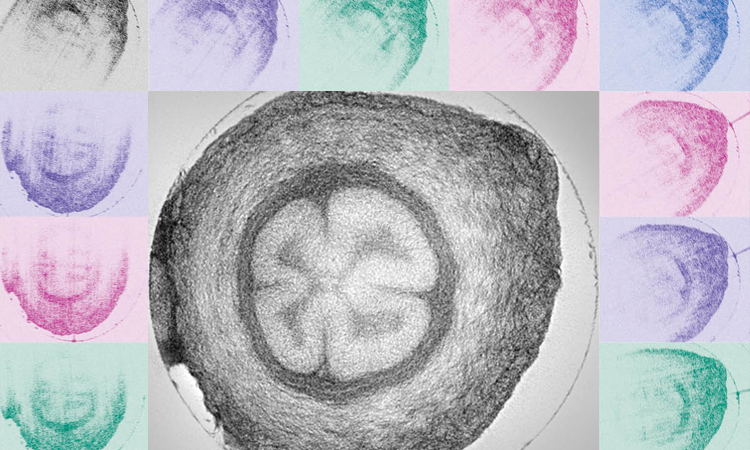Feature
Optical Coherence Refraction Tomography
Combining principles of computed tomography with modern machine-learning tools significantly improves OCT’s resolution while extending imaging depth, reducing noise and reconstructing refractive-index maps of biological samples.
 OCT images taken from multiple angles can build an image with superior lateral resolution (inset).
OCT images taken from multiple angles can build an image with superior lateral resolution (inset).
Optical coherence tomography (OCT) has come a long way since its invention nearly three decades ago, as a method for non-invasive microscopy in living biological tissues. Over the years, OCT’s micrometer-scale resolution and continually improving image acquisition speed have led to success in numerous fields, most notably ophthalmology, cardiology, and gastroenterology. Yet OCT has always had a notable shortcoming: It achieves excellent axial resolution over an extended imaging depth only at the expense of inferior lateral resolution.
…Log in or become a member to view the full text of this article.
This article may be available for purchase via the search at Optica Publishing Group.
Optica Members get the full text of Optics & Photonics News, plus a variety of other member benefits.
